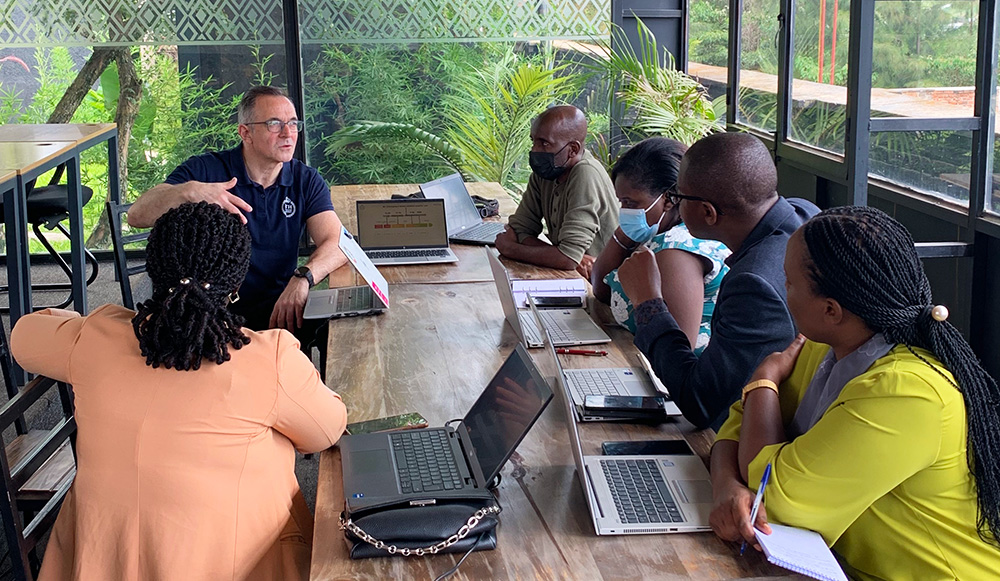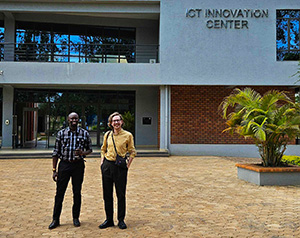KTH's innovation model tested for implementation in Rwanda

Hi Viktor Olsson! Donnie Lygonis from KTH Innovation and you are in Rwanda this week for meetings with actors from the country's innovation system and to discuss whether the country could implement KTH's innovation model. Tell us more!
As part of KTH's ambition to develop collaborations in education, research and innovation with universities in East and Southern Africa , KTH Innovation's Viktor Olsson and Donnie Lygonis are in Rwanda this week.

What is the reason for the trip?
"Rwanda's innovation system is in an exciting development phase and we have a lot to learn from each other" says Viktor Olsson, Internationalization Manager at KTH Innovation. "We are here to share our experience of working with innovation at local, regional and national level in Sweden, and share insights about the models and processes we use in our support of students, researchers and employees at KTH."
Who are you meeting with?
"We are meeting with a variety of organizations, from government agencies and universities, to representatives from makerspaces, incubators and innovation hubs. We also meet with government actors who not only support but also enable innovation through policy, funding and expertise."
One important topic of discussion is the potential implementation of the KTH Innovation Readiness Level model - tell us more!
"The KTH Innovation Readiness Level model is a great way to create structure and follow the development of an idea over time. It is currently used by hundreds of organizations all over the world. We believe that the model could contribute to the development of Rwanda's innovation ecosystem, and our hope is that it in that case will not only be used operationally in idea development, but that it could also make Rwanda even more attractive to international partners who want to find the right local actor or relevant local startups."
What is your biggest takeaway from this journey?
"At the start of one morning workshop, us participants asked ourselves "why are we active in the innovation ecosystem and what do we want to get out of it?". The recurring answer was that we want to help people and find new and improved tools and ways to do so. Because at the end of the day, innovation is about people. Both those who come up with ideas and those who help them realize their ideas. For innovation to have impact, we need to collaborate, and that collaboration starts with people.
Shared with Lisa Bäckman

